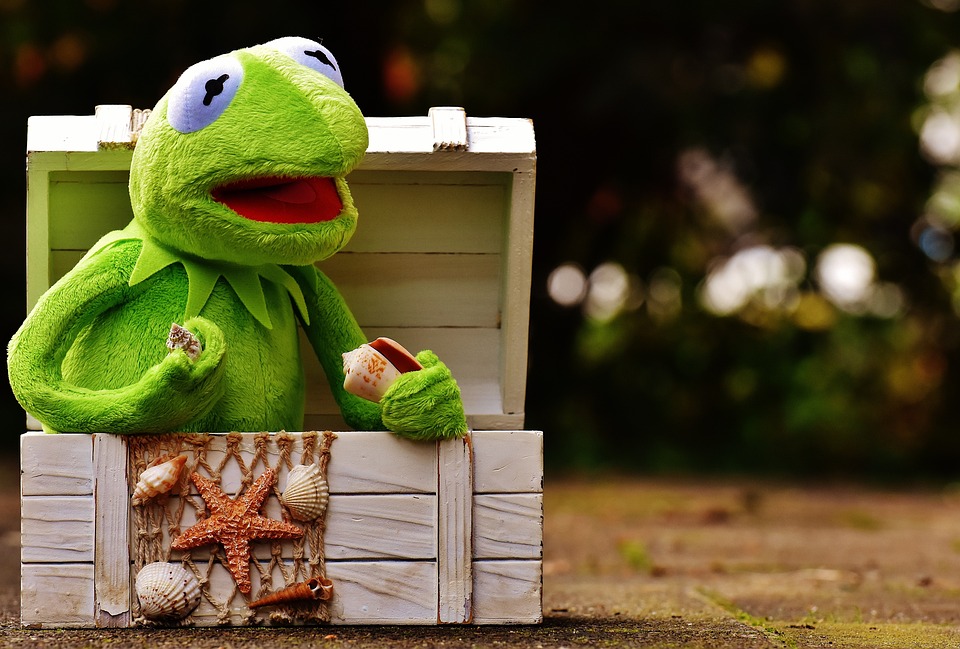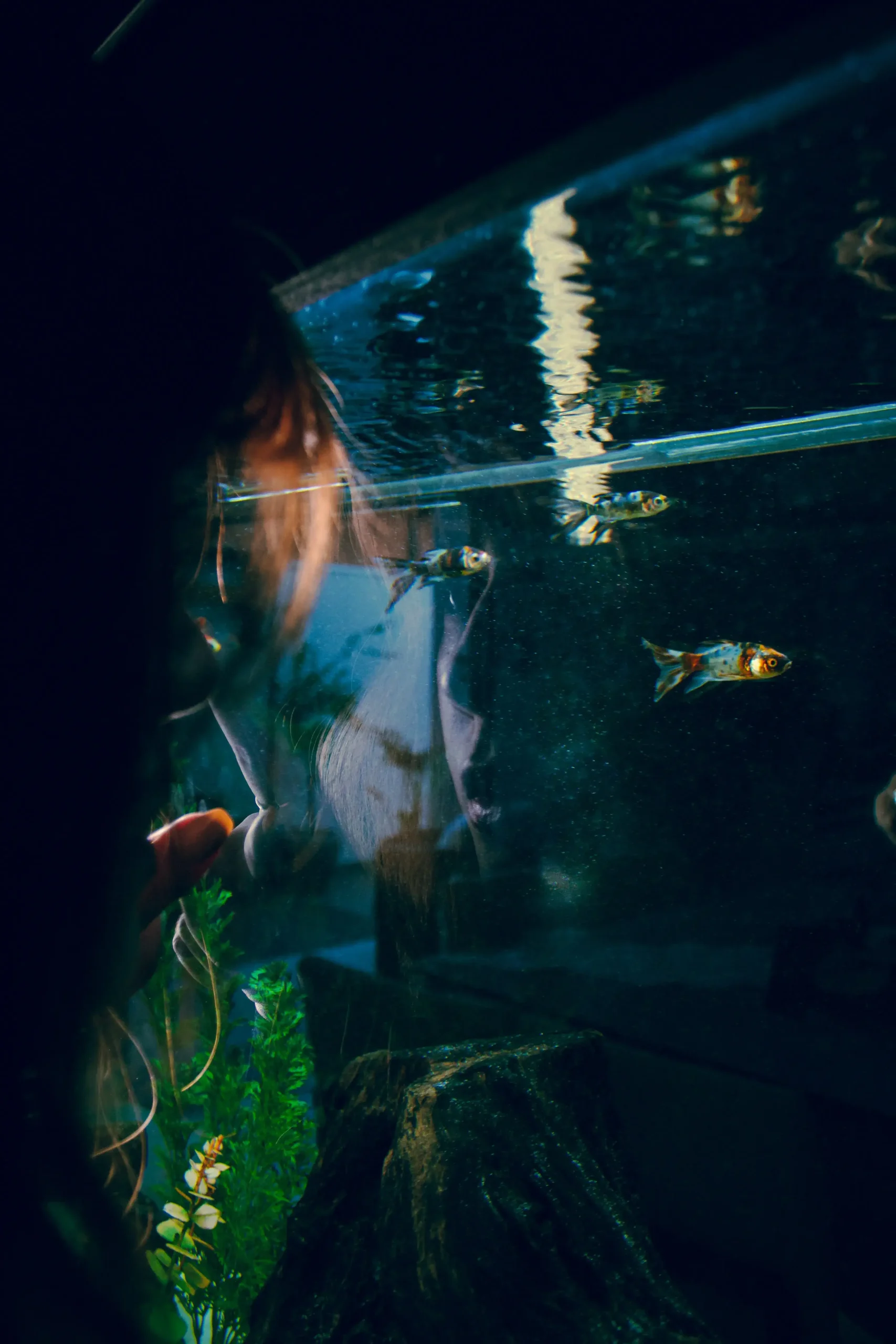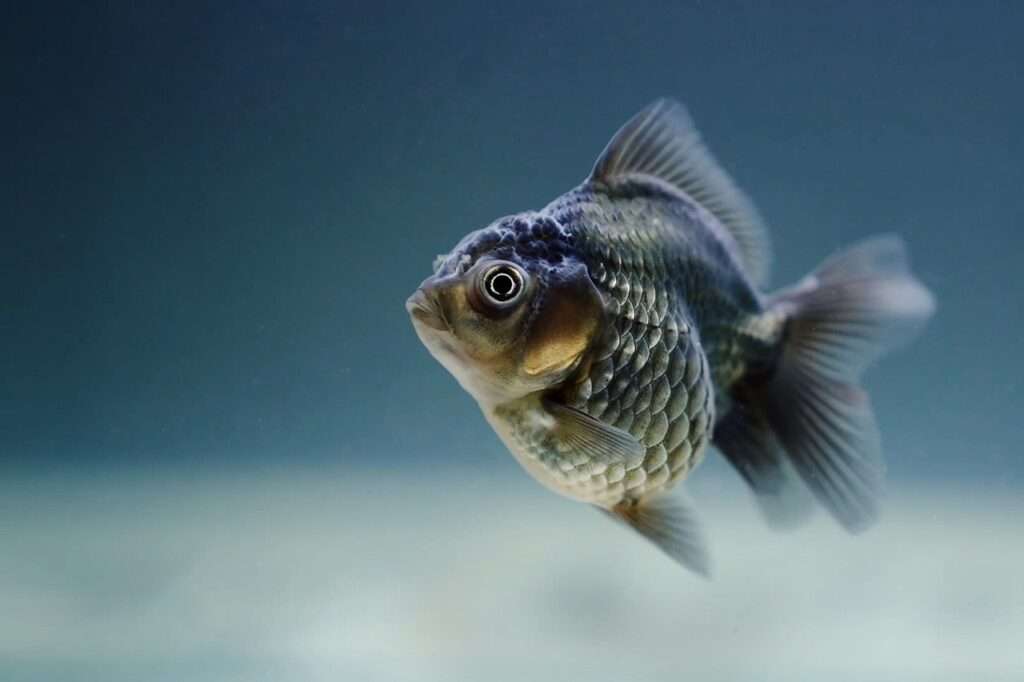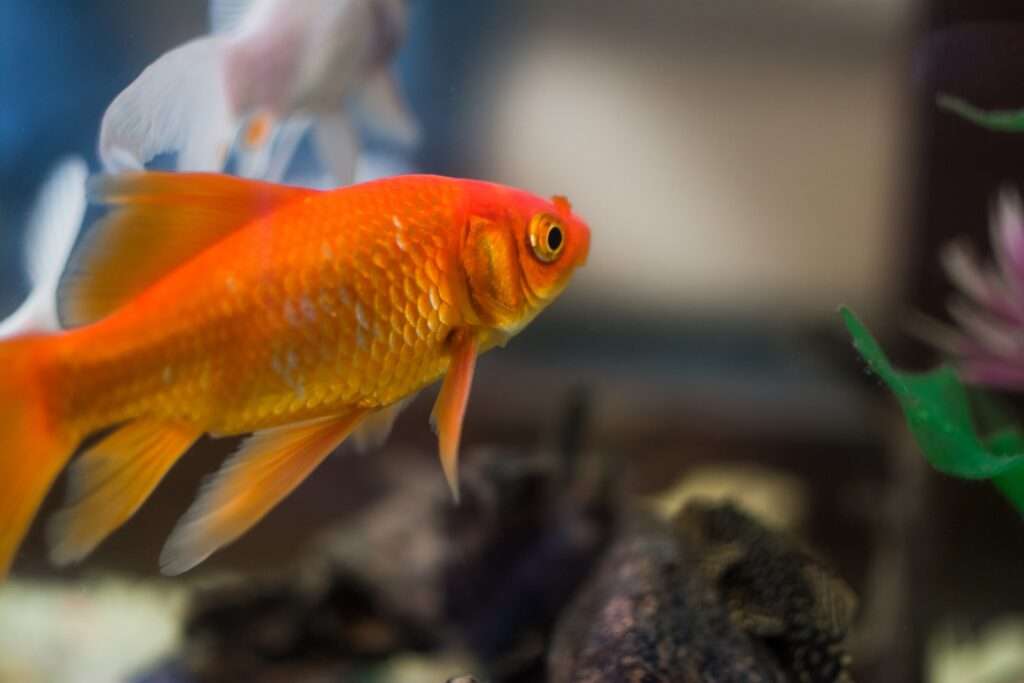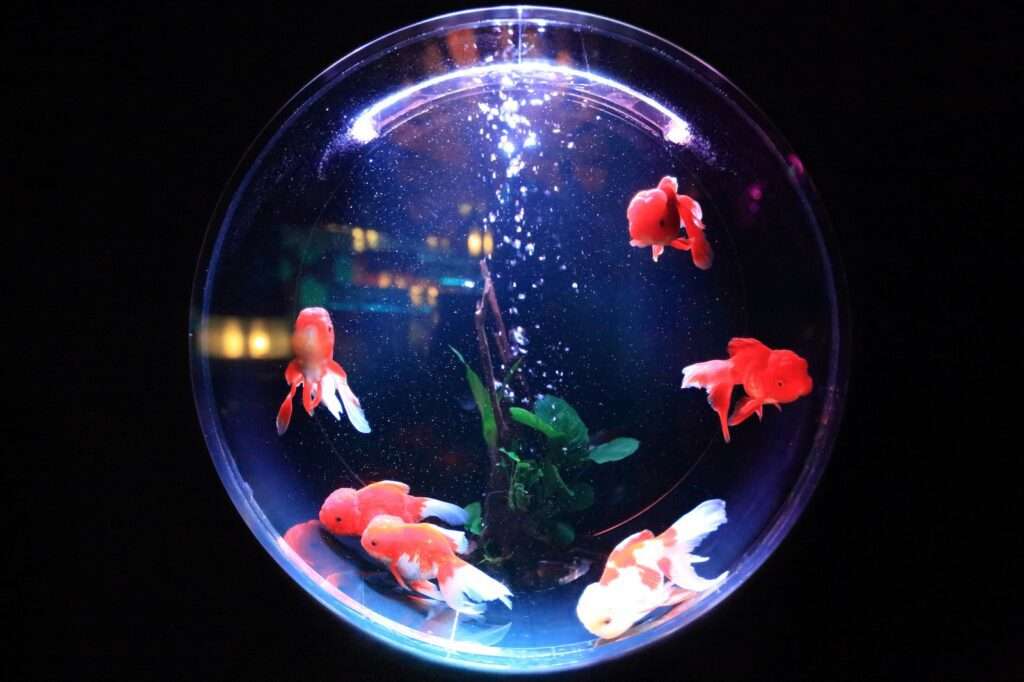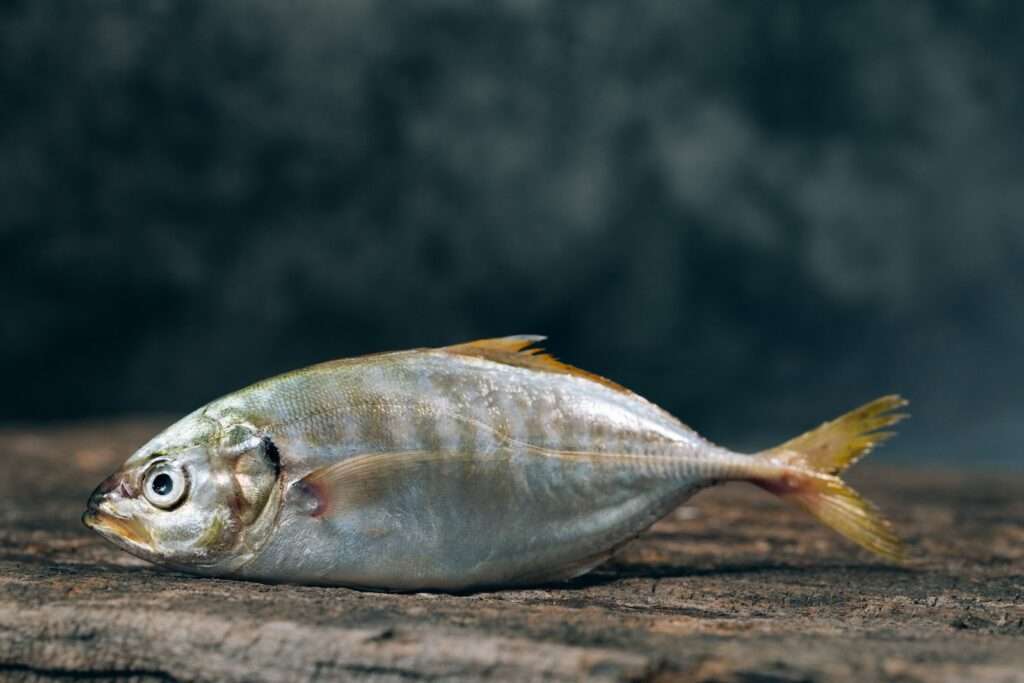Feeding fish in a fish tank is a vital aspect of their care and overall well-being. However, many fish owners often struggle to meet the dietary needs of their aquatic pets. In this article, we will explore the challenges associated with feeding fish in a fish tank and provide valuable tips to ensure your fish receive proper nutrition.
Proper nutrition plays a crucial role in maintaining the health and longevity of fish. Just like any other living organism, fish require a balanced diet to thrive. A well-fed fish exhibits vibrant colors, robust growth, and increased resistance to diseases. On the other hand, a diet lacking essential nutrients can lead to stunted growth, weakened immune systems, and a higher susceptibility to illnesses.
Feeding fish in a fish tank can present several challenges that need to be addressed for optimal nutrition. Here are some common difficulties and how to overcome them:
1. Overfeeding
Overfeeding is one of the most prevalent mistakes made by fish owners. It can lead to water pollution, obesity, and various health issues for the fish. To prevent overfeeding, follow these guidelines:
– Feed your fish small portions that they can consume within a few minutes.
– Observe the fish’s behavior and adjust the feeding amount accordingly.
– Avoid feeding more than twice a day unless specified for a particular fish species.
2. Unequal Food Distribution
In community tanks with multiple fish species, some fish may outcompete others for food. This can result in malnutrition for certain individuals. To ensure equal food distribution:
– Choose appropriate sinking or floating food depending on the feeding habits of your fish.
– Use feeding rings or floating feeding stations to prevent dominant fish from monopolizing the food.
3. Dietary Variations
Different fish species have varying nutritional requirements. It is crucial to understand the specific dietary needs of your fish to create a well-balanced diet. Consider the following:
– Research the natural diet of your fish species. Some may require live or frozen foods, while others thrive on dry pellets or flakes.
– Supplement their diet with occasional treats such as brine shrimp or bloodworms to enhance their overall health.
4. Finicky Eaters
Certain fish are known to be finicky eaters, making it challenging to provide them with a balanced diet. To entice picky eaters:
– Experiment with different types of food to find what they prefer.
– Soak dry food in water before feeding to enhance its palatability.
– Offer a variety of food options to ensure they receive the necessary nutrients.
Now, let’s address some frequently asked questions about feeding fish in a fish tank:
Q1: How often should I feed my fish?
A1: In general, feeding your fish once or twice a day is sufficient. However, some species may require more frequent feeding. Research the specific needs of your fish to determine the appropriate feeding schedule.
Q2: Can I leave food in the tank for my fish to eat later?
A2: Leaving uneaten food in the tank can lead to water quality issues. It is advisable to remove any uneaten food within a few minutes to maintain a clean and healthy environment for your fish.
Q3: Can I feed my fish human food?
A3: Feeding fish human food is not recommended. Many human foods contain additives, preservatives, and excessive amounts of salt, which can be harmful to fish. Stick to commercially available fish food formulated for their specific dietary needs.
Q4: How can I ensure all my fish receive their fair share of food?
A4: Using feeding rings or floating feeding stations can help ensure equal food distribution. These devices restrict the movement of dominant fish, allowing others to access the food.
Q5: Should I vary my fish’s diet?
A5: Yes, varying your fish’s diet is beneficial. It helps prevent nutrient deficiencies and keeps your fish engaged and interested in their food. Introduce a mix of dry pellets, flakes, freeze-dried, or frozen foods to offer a well-rounded diet.
Remember, providing proper nutrition to your fish is essential for their overall well-being. By understanding the challenges associated with feeding fish in a fish tank and implementing the suggested tips, you can ensure that your aquatic pets lead healthy and thriving lives.

